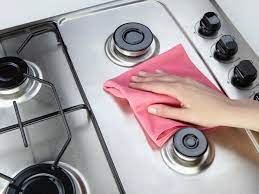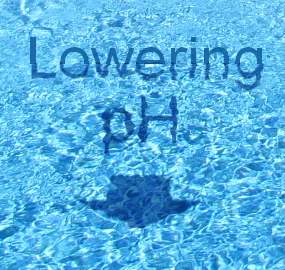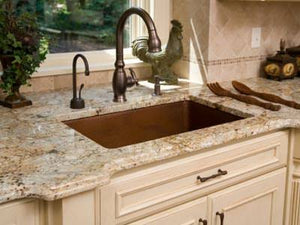How cleaning stuff works
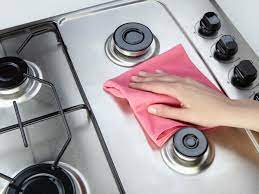
Stainless Steel - Cleaning, Care and Maintenance 0
- Matthew Smith
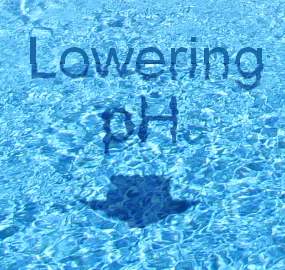
How to use Pool Acid to correct pH in swimming pools 1
The pH level of your pool affects every other chemical balance in pool water. pH is a measure of the level of hydrogen ions or acidity of the pool water. Measured on a logarithmic scale, a pH of 0 indicates extremely acidic conditions, and a pH of 14 indicates extremely basic conditions. A pH of 7 is neutral.
Always acid resistant gloves and eye protection when handling pool acid.
- Matthew Smith
- Tags: advice Pool Acid Swimming Pool
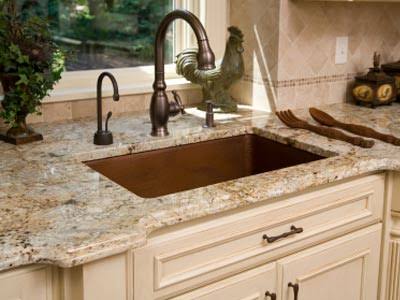
How to maintain your granite counter top or floor. 0
If you’ve never had granite countertops, then you may be used to simply cleaning your counters with whatever cleanser you happen to have on hand. Maybe you prefer to use natural products like vinegar and baking soda, or maybe you like products made by Mr. Muscle. Regardless of what you’re used to using, however, when it comes to granite, not every product out there is safe to use on your stone- Matthew Smith
Detergent Residue -The driver for "Green" 0
Another argument to support going "green".
What do your cleaning products leave behind?
Do any of the following apply to you?
- Have you ever cleaned a spot which mysteriously reappears a few days or weeks later?
- Do reappearing spots turn black and grow l
- Matthew Smith
- Tags: advice cleaning tips science Tips
Stain Remover Characteristics 0
Stain Remover Characteristics
Selecting a stain remover is like a job interview. There are many applicants to choose from. They all seem qualified according to the label on the bottle to fulfill the job description. It can't be known if the correct solution was chosen until you test its ability to remove a carpet stain.
A true "all in one" stain removal product does not exist.
- Matthew Smith
- Tags: advice cleaning tips science
Carpet Fiber-which one for your lifestyle 0
What type of carpet fiber is best suited for your lifestyle?
The various types of carpeting fibers used will for the most part determine a carpet or rug's characteristics.
A fiber can be categorized as either:
- Matthew Smith
- Tags: advice cleaning cleaning tips science
